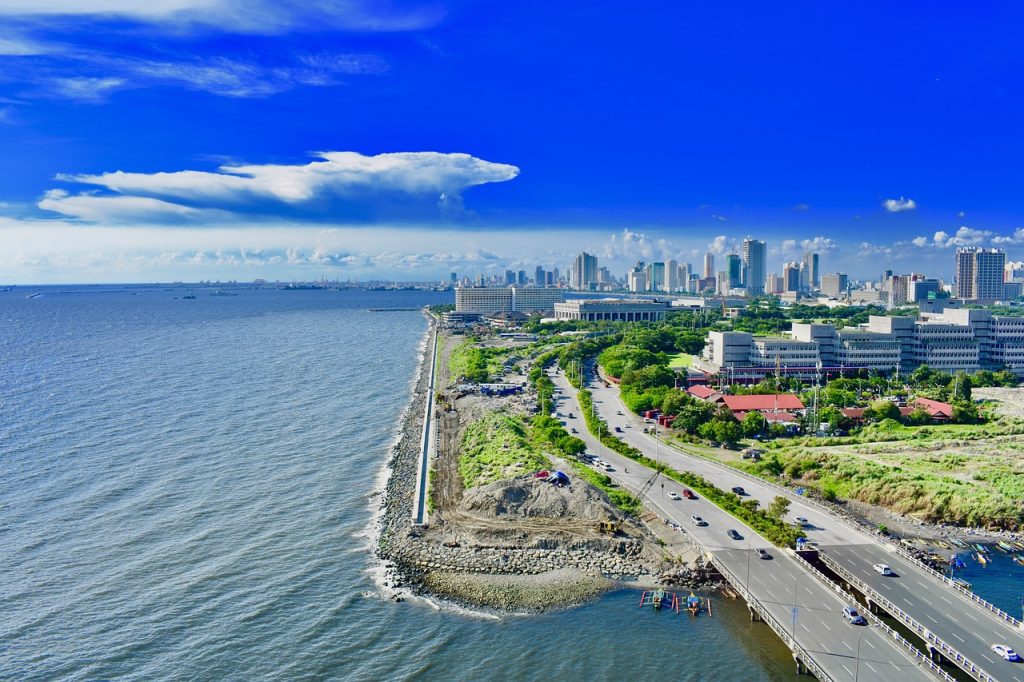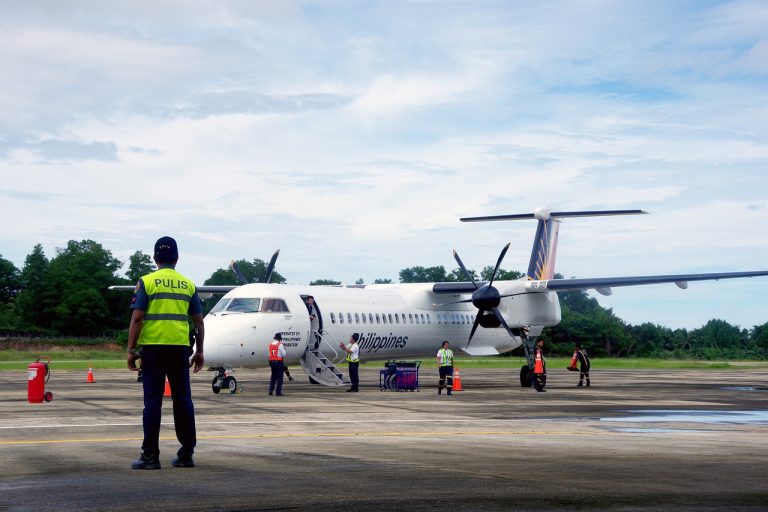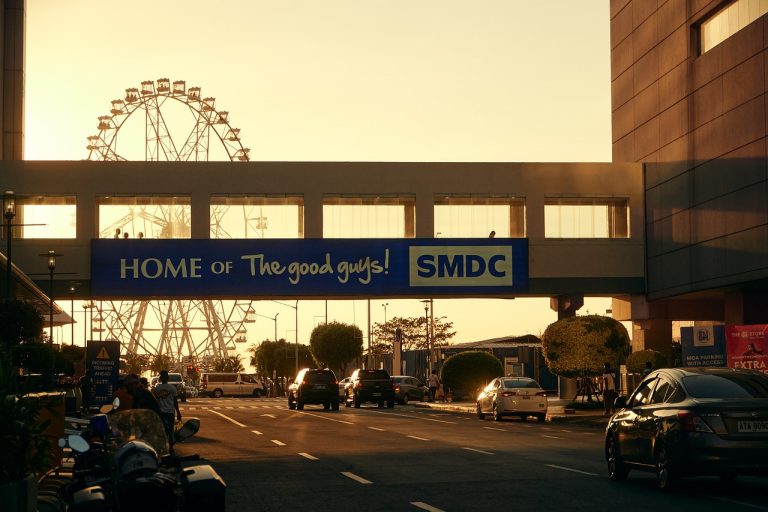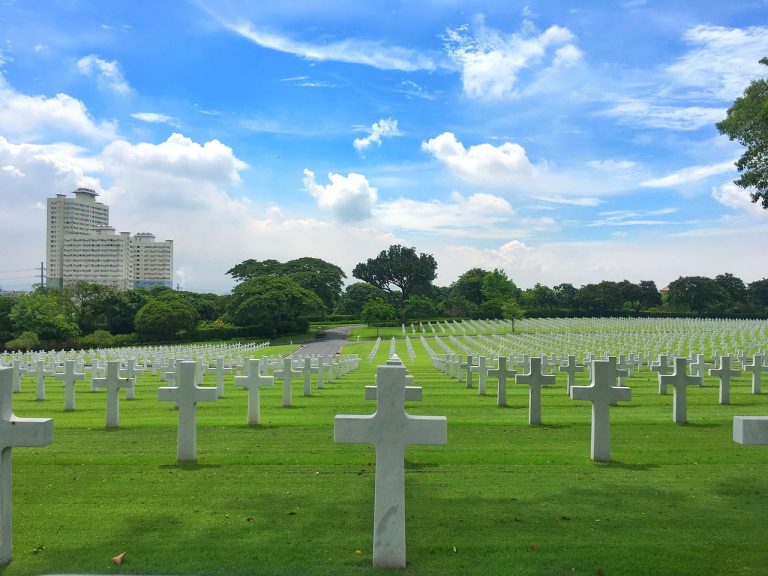Manila Philippines Video
The Cultural Evolution of Manila Philippines
Manila, the capital city of the Philippines, has a rich and diverse cultural heritage that has evolved over centuries. From its ancient roots to the influences of Spanish colonization and American occupation, Manila’s cultural evolution has shaped it into a vibrant and dynamic city. This article will explore the different stages of Manila’s cultural development, highlighting key aspects of its history, architecture, cuisine, arts, and traditions.
Ancient Roots
- Trade Hub: Manila has been a bustling trade hub since ancient times, connecting various regions of Southeast Asia. Its strategic location along trade routes attracted merchants from China, India, and the Arab world.
- Pre-colonial Kingdoms: Before the arrival of the Spanish, Manila was divided into several small kingdoms, including Tondo, Maynila, and Namayan. These kingdoms had their own distinct cultures and social structures.
The cultural exchange that occurred during these trading activities influenced the local customs, language, and cuisine. Manila became a melting pot of different cultures and traditions.
Manila’s pre-colonial societies had advanced agricultural practices, complex social hierarchies, and artistic expressions such as pottery and weaving.
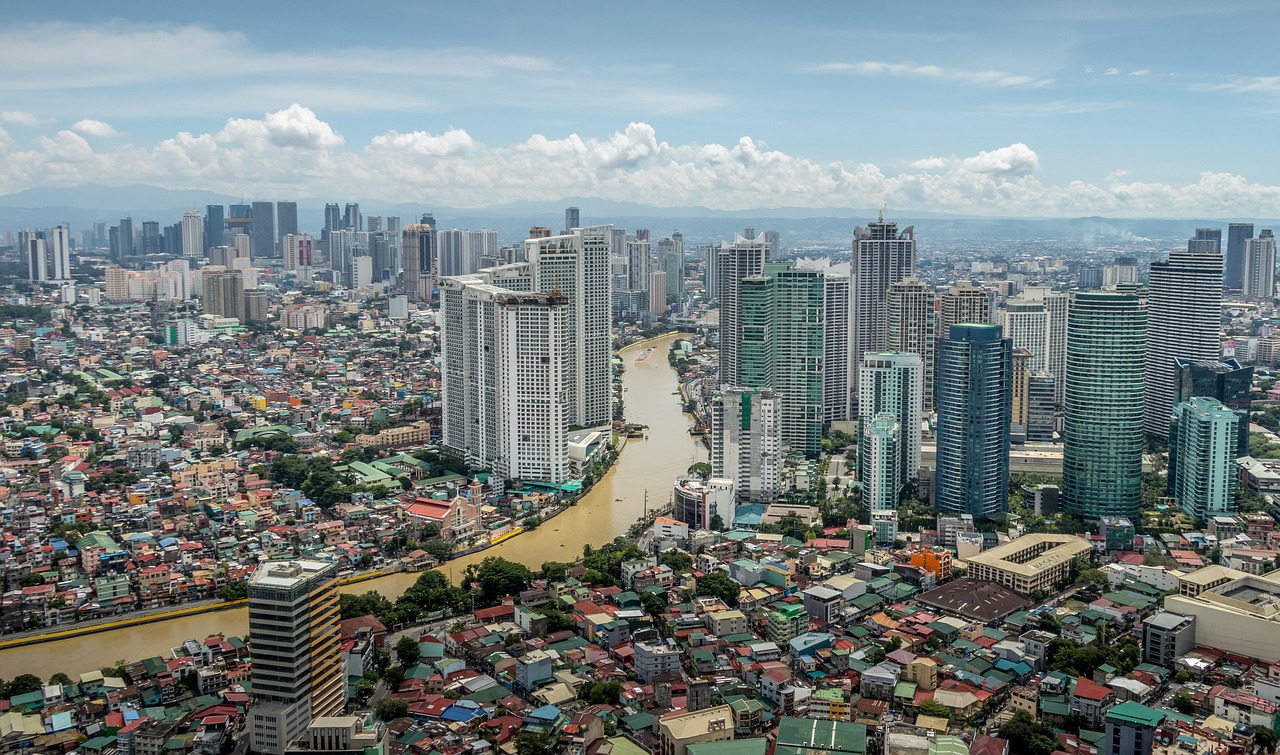
Spanish Influence
- Colonial Era: The Spanish colonization of the Philippines began in the 16th century when Manila became the capital of the Spanish East Indies. The Spanish influence had a profound impact on the culture of Manila.
- Language and Cuisine: Spanish introduced the Spanish language and Hispanic-influenced cuisine to Manila. Filipino cuisine today includes dishes with Spanish origins, such as adobo and paella.
Spanish architecture, such as the iconic Intramuros, the walled city of Manila, still stands as a testament to this era. Catholicism also became deeply ingrained in the local culture, with many churches and religious festivals.
The Spanish language also left a lasting impact on the Filipino language, with many Spanish loanwords still in use today.
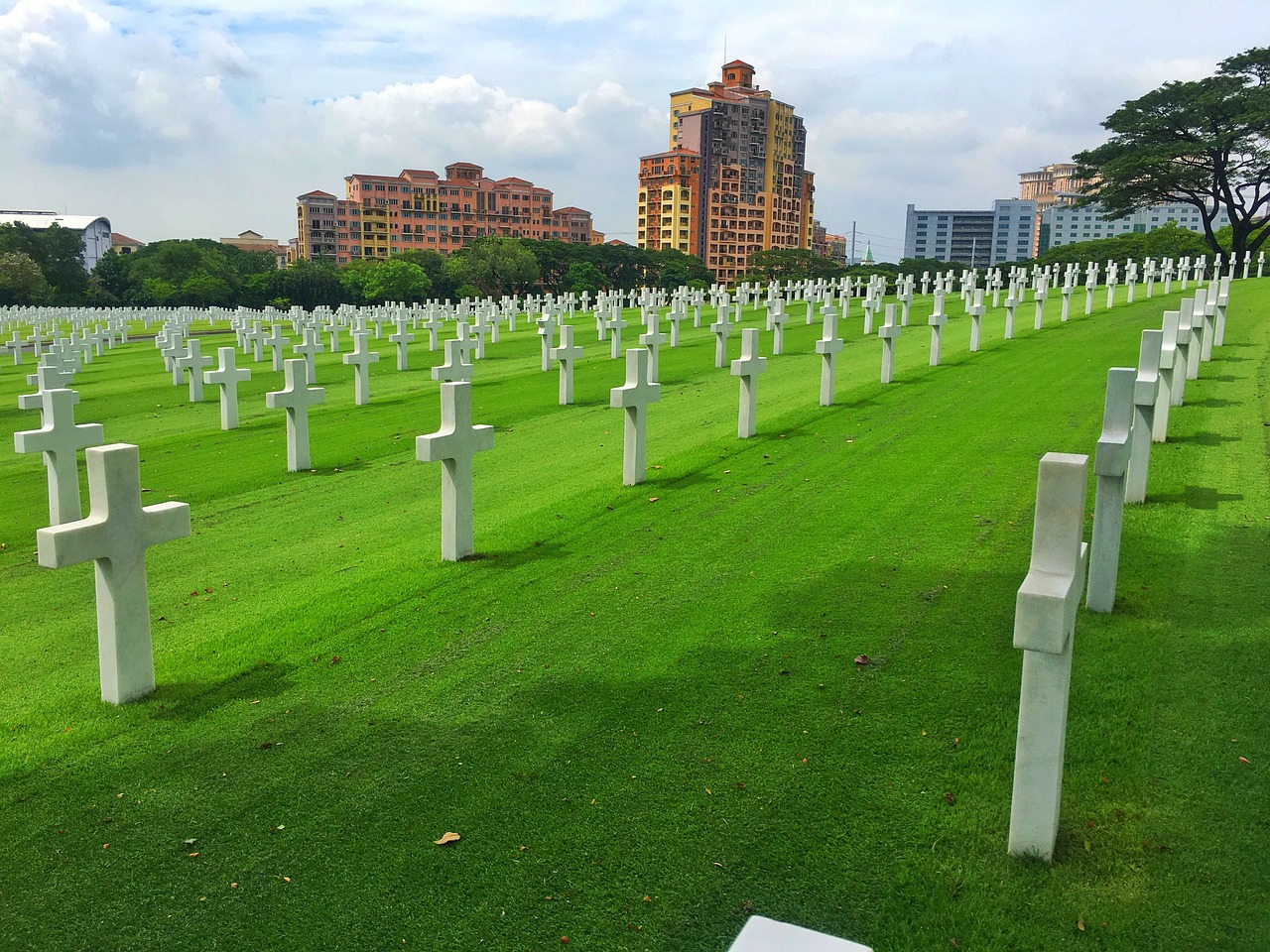
American Influence
- American Occupation: After the Spanish-American War, the Philippines came under American rule in 1898. The American influence brought significant changes to Manila’s culture.
- Education and Entertainment: American-style education was introduced, leading to the establishment of universities and schools. American pop culture, including music, movies, and sports, also gained popularity.
Under American governance, modern infrastructure, such as roads, schools, and hospitals, were developed. English became widely spoken and remains one of the official languages of the Philippines.
Manila became a center for entertainment with the rise of cinemas, theaters, and jazz clubs.

Contemporary Manila
- Independence and Globalization: The Philippines gained independence from the United States in 1946. Since then, Manila has continued to evolve, embracing globalization and modernization.
- Arts and Culture: Manila is a hub for arts and culture, with numerous museums, galleries, and performance venues. Traditional Filipino arts, such as dance, music, and literature, are celebrated alongside contemporary works.
The city has become a cosmopolitan metropolis with a blend of traditional and contemporary influences. Skyscrapers, shopping malls, and international cuisines reflect Manila’s modernization.
Manila hosts various festivals throughout the year, showcasing the diverse cultural heritage of the Philippines.
Conclusion
Manila’s cultural evolution is a testament to its rich history and the influences of different civilizations. From its ancient roots as a trade hub to the Spanish and American periods, Manila has embraced and integrated diverse cultural elements into its own unique identity. Today, Manila continues to grow and adapt, blending tradition with modernity, making it a fascinating city for both locals and visitors.
References
- petitpalace.co.uk
- history.com
- britannica.com

